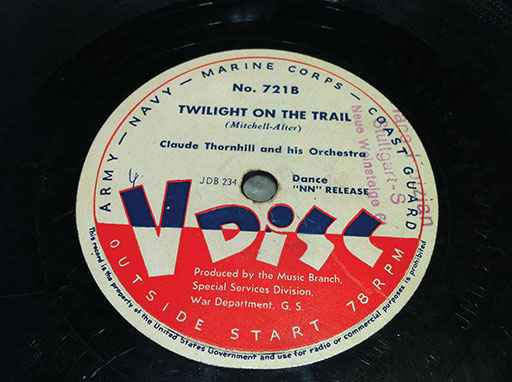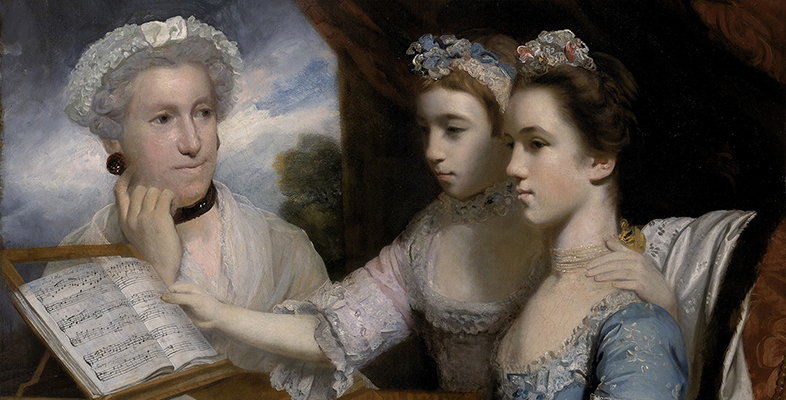4.1 The V-Disc programme

Music and entertainment played an important part in maintaining American troops’ morale while they were stationed abroad. Although America did not join the Allies until 1941, a Morale Branch had been created by the American military as early as 1940, which led to the establishment of the Armed Forces Radio Service (AFRS) and the Music Section, from which the V-Disc programme would eventually derive. The AFRS was responsible for the broadcast of educational and information programmes to those overseas and also for the distribution of ‘B’ kits, which consisted of radios, phonographs and 78 rpm records. However, this supply of records encountered a setback in July 1942, which contributed to the establishment of the V-Disc label: a recording ban was introduced by the American Federation of Musicians (AFM), owing to recording companies’ refusal to pay royalties to musicians for every record sold, and for their use in jukeboxes and radio broadcasts.
As requests for current recordings continued to arrive from servicemen overseas, the Army set up a programme through which records would be made specifically for the troops. This was enabled by the AFM’s agreement to waive any fees or royalties in exchange for the Army’s promise that the recordings would only be distributed to the military, and destroyed once hostilities ended. The V-Disc label (bearing a distinctive label of red, white and blue) thus began production, at first for the Army alone, and joined by the Navy and Marine Corps in 1944. Every month, V-Disc kits of thirty records, together with questionnaires for soldiers’ music requests, were distributed to those serving in Europe and the Pacific. More than eight million records were sent to troops stationed abroad over the course of the programme, from October 1943 to May 1949, when, owing to less demand, the scheme came to an end (Miller, 2014; Sears, 1980, pp. xxiii–xci).
